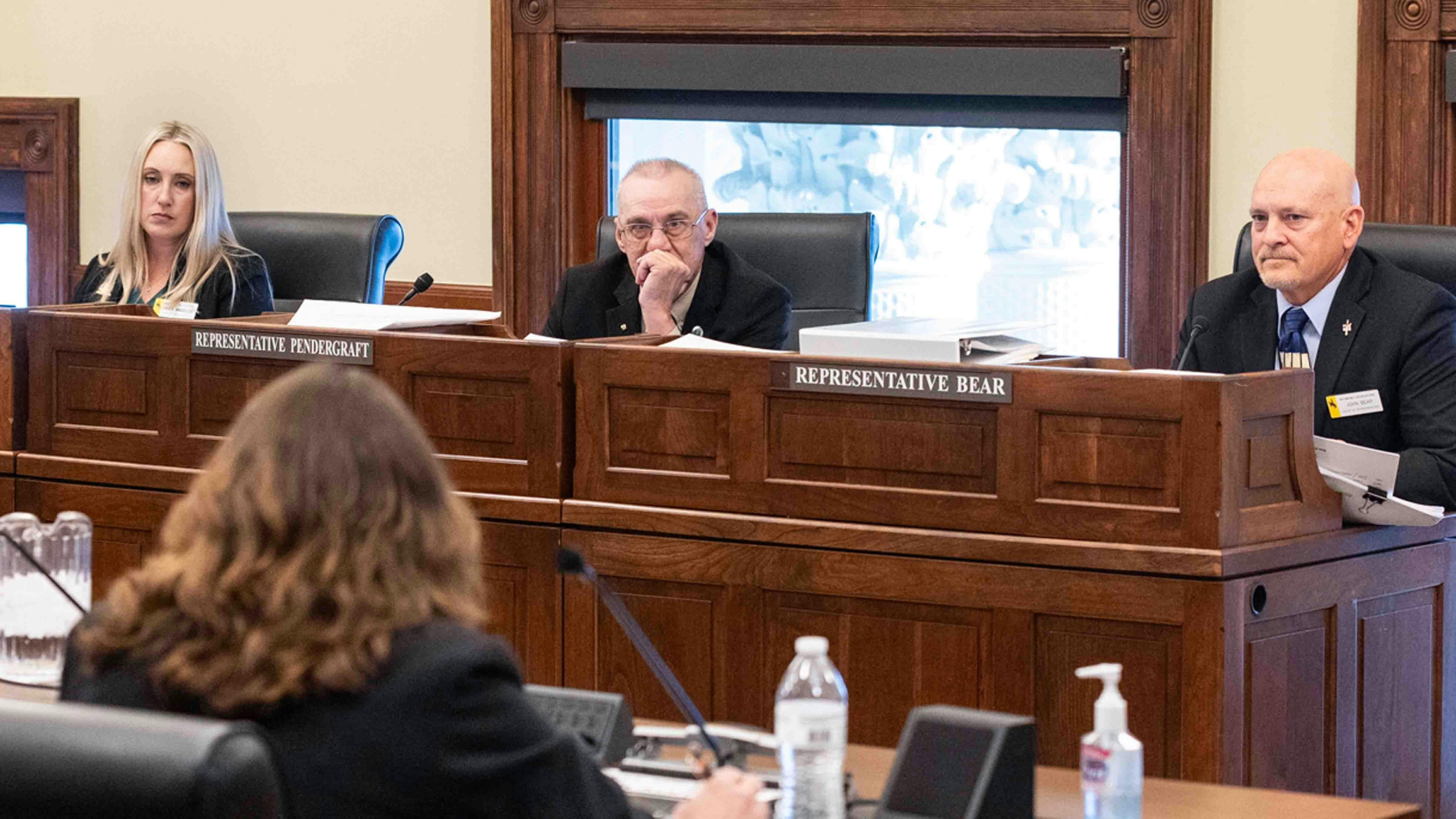In what’s become a familiar pattern, the Bureau of Land Management’s controversial Rock Springs Resource Management Plan (RMP) is — again — not quite finished.
The RMP is up for another round of comment, review and possible revision, this time centering on minerals development in the roughly 3.6 million acres of land that the BLM manages through its Rock Springs office.
Trump’s Return Changed Things
BLM officials spoke Thursday to the Wyoming Legislature’s Select Federal Natural Resource Management Committee, indicating that the Rock Springs RMP could at last be settled by spring 2026.
The final record of decision for the Rock Springs RMP was filed in December during the final days of former President Joe Biden’s administration.
But things changed again when President Donald Trump took charge for a second term.
Trump appointed former North Dakota Gov. Doug Burgum as Secretary of the Interior, and Burgum almost immediately ordered a review of federal RMPs across the West, including the Rock Springs Plan.
Some opponents heralded that as an essential halting of the Rock Springs RMP, but the plan has remained in effect since December, acting BLM Wyoming director Kris Kirby told the committee.
The plan is up for another review draft environmental assessment focused on mineral development, she said.
“The executive order in and of itself does not change the record of decision for the RMP, but It directs the agency to look at areas where we may be impacting mineral development within the Rock Springs Field Office (jurisdiction),” Kirby said.
Areas Of Special Designation
The Rock Springs RMP includes numerous areas of special designation, including five special recreation management areas, a historic trail corridor and 13 wilderness study areas.
During previous discussions and comment periods, Wyoming elected officials and the public expressed concerns about those areas, Kirby said.
“That trend came out loud and clear, that those were the things affecting mineral development,” she said.
In a process set to start immediately, the BLM will seek input from cooperating agencies, such as county commissions in the affected areas, as well as the Wyoming governor’s office.
Gov. Mark Gordon previously expressed strong opposition to the BLM’s preferred alternative for the Rock Springs RMP, which ended up being the version in the final record of decision.
There will also be at least one public meeting regarding the revisions, Kirby said.
If all goes well, a final environmental assessment could be ready by March 2026, and that in turn could lead to some final revisions to the RMP.
Still Displeased
There’s still widespread displeasure over the Rock Spring RMP, Lincoln County Commission Chairman Kent Connelly told the committee.
Hunters and recreationalists in the Kemmerer area are concerned that the plan as it stands restricts road access, he said.
He added that the county commission would like to see a comprehensive “minerals report” detailing the currently available and potential mineral resources in the area.
BLM Senior Advisor Brad Purdy said mineral reports could come from the U.S. Geological Survey, the BLM, private energy companies and state agencies.
What About Those Wilderness Study Areas?
There was also some discussion about the 13 wilderness study areas included in the RMP.
Those were designated in 1991, but no decisions have been issued as to whether any of them should be officially declared wilderness areas to remain essentially untouched or released for multiple use.
The wilderness study areas include the remote Adobe Town region in southwest Wyoming’s Red Desert, notable for its otherworldly geological features
That area has been managed as “de facto wilderness” since 1991, BLM Rock Springs Field Manager Kimberly Foster told the committee.
The wilderness study areas have been in limbo long enough, said committee member Rep. Robert Wharff, R-Evanston.
“It does seem like we’ve studied that thing to death,” he said. “And we should probably know by now whether or not those things are truly worthy of being designated as wilderness or whether we can release those back to be managed similarly to all the other BLM tracts.”
However, only Congress can make a final ruling on the wilderness study areas, BLM officials and committee members acknowledged.
Efforts to resolve the status of wilderness study areas in other parts of Wyoming have been successful, Wyoming County Commissioners Association Executive Director Jerimiah Rieman told the committee.
That took years of planning, starting at the county level, to get those pushed through Congress, he said.
A similar effort could be made regarding wilderness study areas in the counties affected by the Rock Springs RMP, he added.
Mark Heinz can be reached at mark@cowboystatedaily.com.





